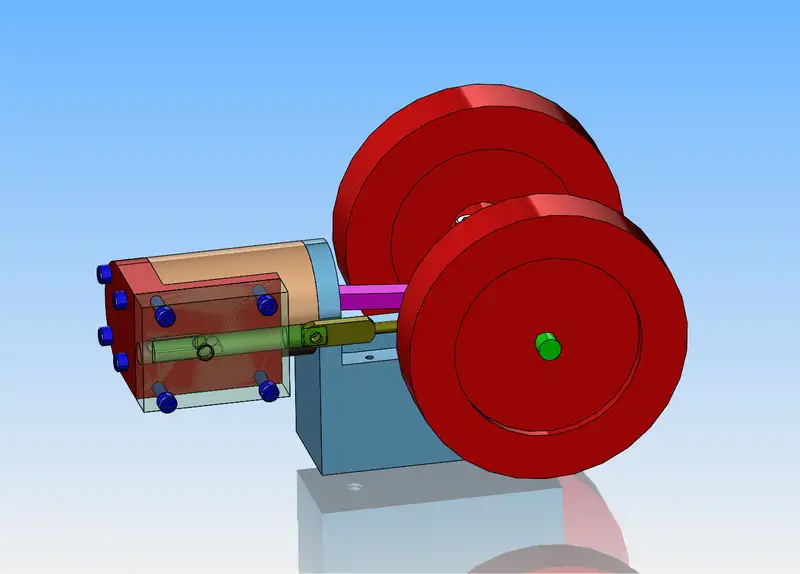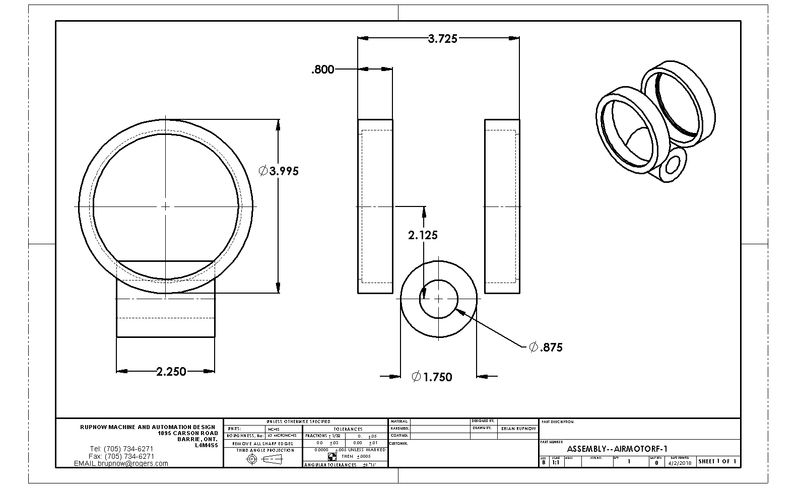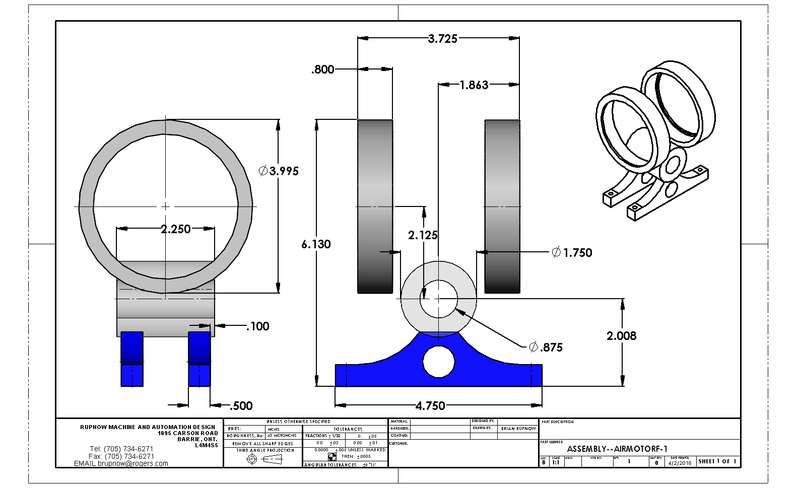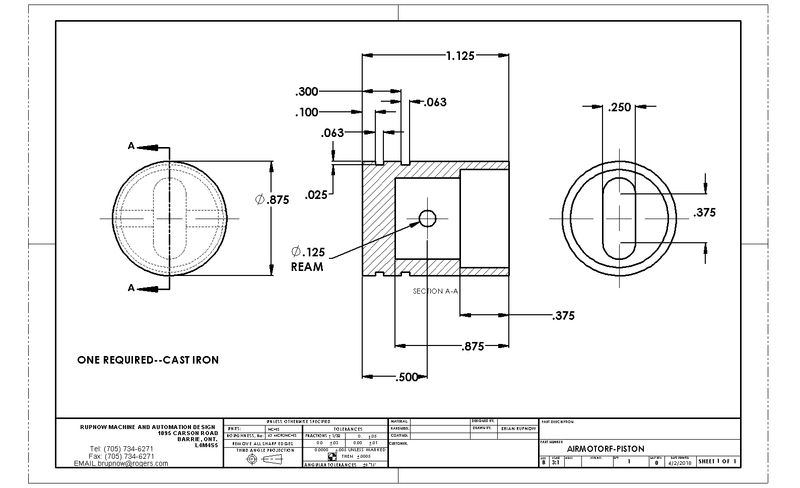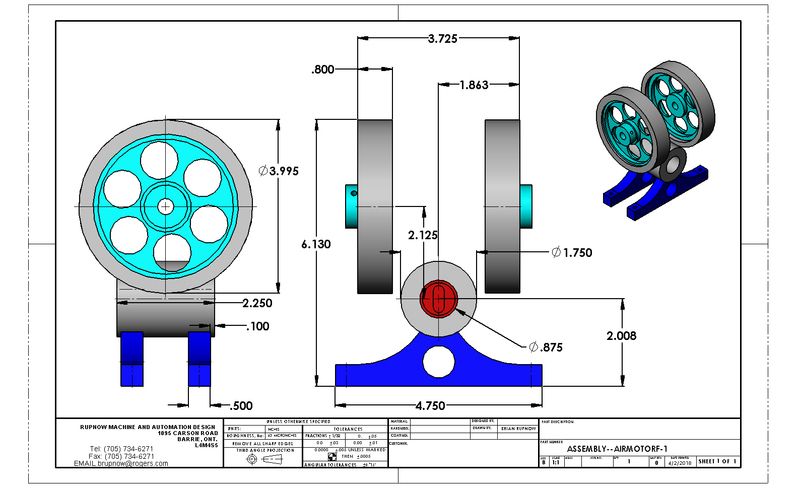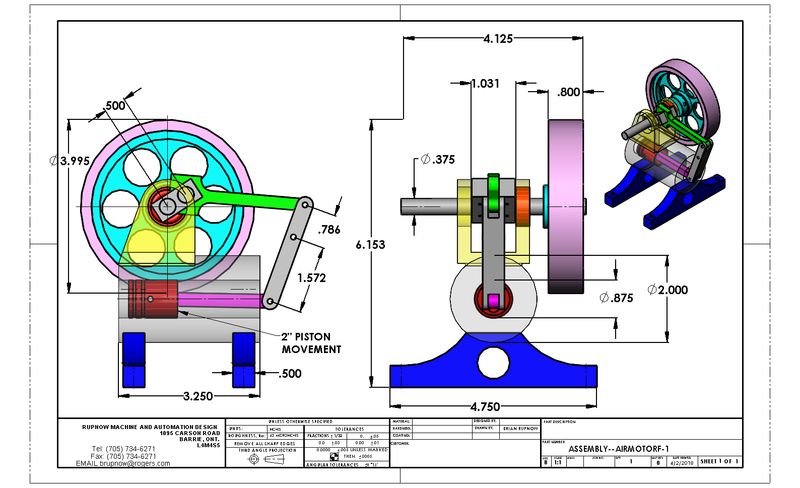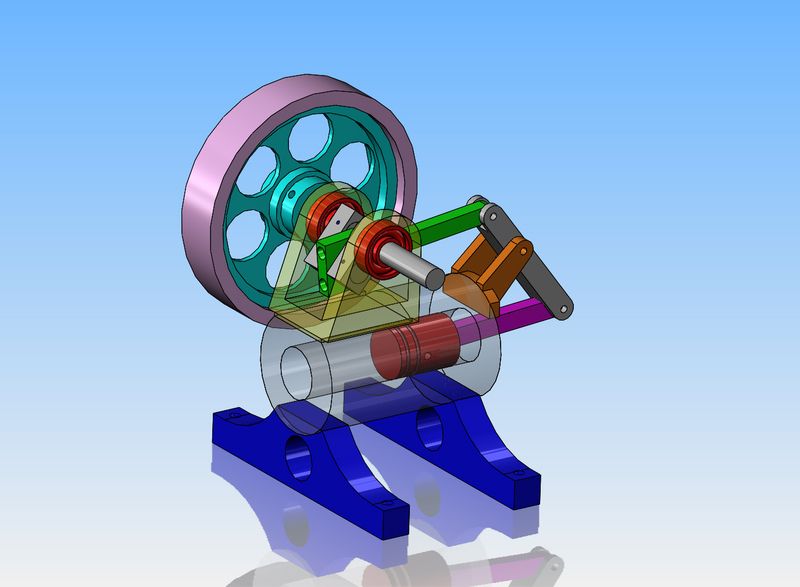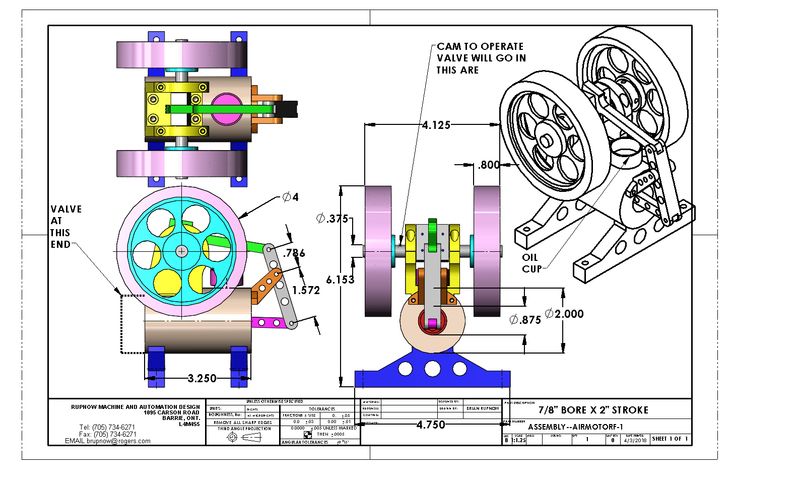I really, really, don't want to start another build right now. However--I have been researching all of the many different flamelicker engines, and ran across the Bengs unit. My God--It's awesome!! I wouldn't want to build a flamelicker engine, as I now have finished the Poppin by Dr. Senft, and a Stirling engine which was 75%Moriya fan and 25% me. I have I.C. engines out the ying yang. and a goodly number of air/steam engines. I really like the style of this engine, and may design a single acting air motor based on this.
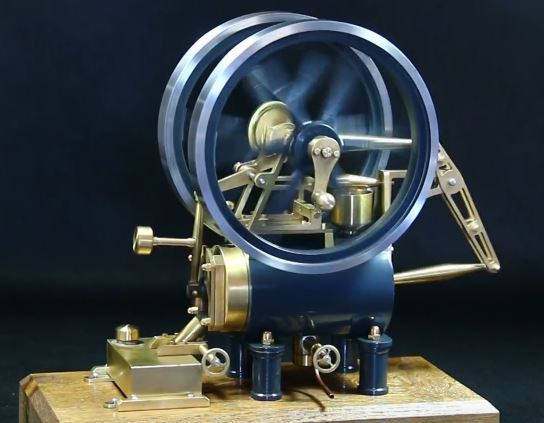
[ame]https://www.youtube.com/watch?v=0G4OuBVb7NY&feature=youtu.be[/ame]

[ame]https://www.youtube.com/watch?v=0G4OuBVb7NY&feature=youtu.be[/ame]
















![Learning AutoCAD Civil 3D 2014 [Online Code]](https://m.media-amazon.com/images/I/51F3yi9fokL._SL500_.jpg)





![DreamPlan Home Design and Landscaping Software Free for Windows [PC Download]](https://m.media-amazon.com/images/I/51kvZH2dVLL._SL500_.jpg)






































